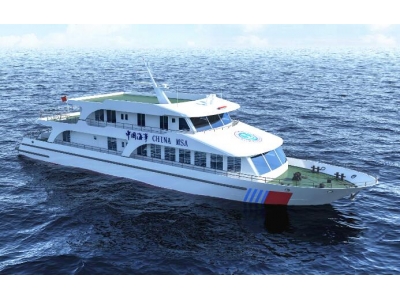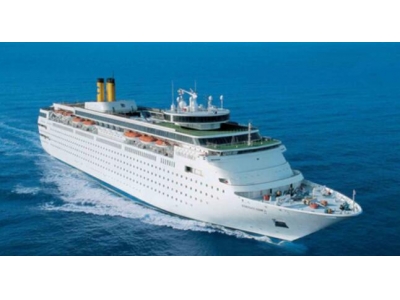An Introduction to Ships and Maritime Vocabulary
Ships play a vital role in global trade and transportation. Whether you're a maritime enthusiast, a professional mariner, or simply curious about ships and the fascinating world of seafaring, having a good understanding of maritime vocabulary is essential. In this article, we will explore different types of ships, their components, and important maritime terms that will expand your knowledge in this field.
Types of Ships
Ships come in various shapes and sizes, each designed for a specific purpose. Here are some common types of ships:
- Cargo ships: These vessels are designed to carry goods and cargo across oceans.
- Container ships: Specifically built to transport large containers, these ships are a crucial part of the global supply chain.
- Tanker ships: Used for the transportation of liquid cargo, such as oil and gas.
- Cruise ships: These luxurious vessels are designed for leisure and entertainment purposes, offering a variety of amenities and activities on board.
- Fishing vessels: Primarily used for commercial fishing, these ships are equipped with fishing gear and storage facilities.
- Naval ships: Military vessels that are used for defense and combat purposes by navies around the world.
Components of a Ship
Every ship is composed of various components, each serving a specific function. Here are some essential parts of a ship:
- Hull: The main body of the ship, providing buoyancy and structural strength.
- Deck: The horizontal surface that covers the top of the ship, providing working and recreational areas.
- Mast: A vertical structure that supports the sails or antennas.
- Bridge: The control center of the ship where navigation and communication take place.
- Engine room: The area where the ship's engines and machinery are located.
- Cargo hold: The storage space where goods or cargo are kept during transit.
- Propeller: A rotating device that propels the ship forward or backward by producing thrust.
Maritime Vocabulary
To fully grasp the world of ships and maritime operations, it is important to familiarize yourself with maritime vocabulary. Here are some key terms to get you started:
- Port: A harbor or a specific location where ships load and unload cargo.
- Starboard: The right-hand side of a ship when facing forward.
- Port (left) side: The left-hand side of a ship when facing forward.
- Anchor: A heavy metal device used to hold a ship in place by gripping the seabed.
- Bow: The front part of a ship.
- Stern: The rear part of a ship.
- Chart: A navigational map used by mariners to plot their course.
- Buoy: A floating device that marks a specific location or navigational hazard.
- Draft: The depth of a ship's hull below the waterline.
- Pilot: A licensed individual who guides ships in and out of ports.
By expanding your knowledge of ships and maritime vocabulary, you will gain a deeper appreciation for the complex and fascinating world of seafaring. Whether you're planning a maritime career or simply have a passion for ships, this understanding will enhance your understanding and enjoyment of all things marine-related. Thank you for reading and happy sailing!


